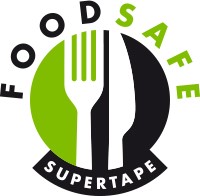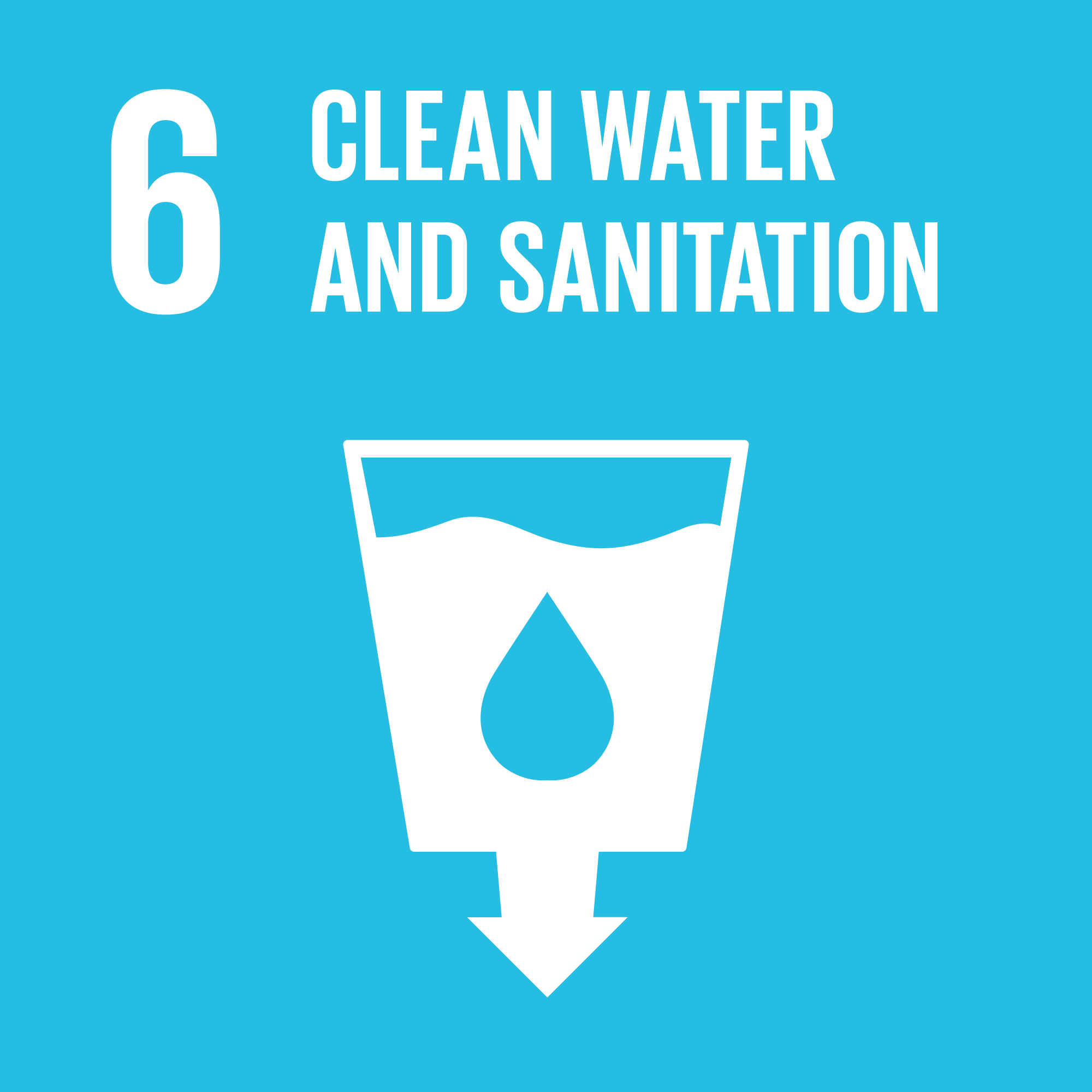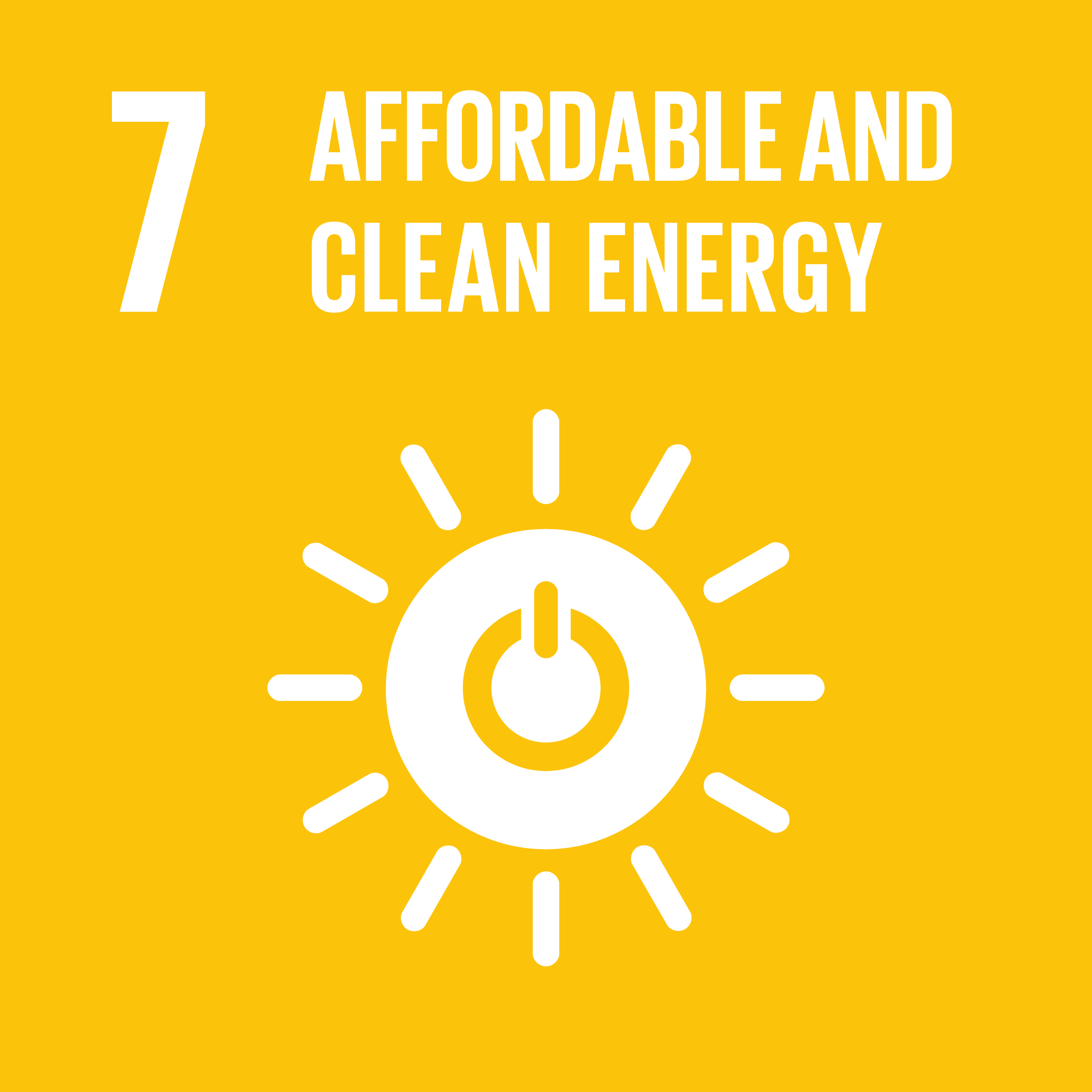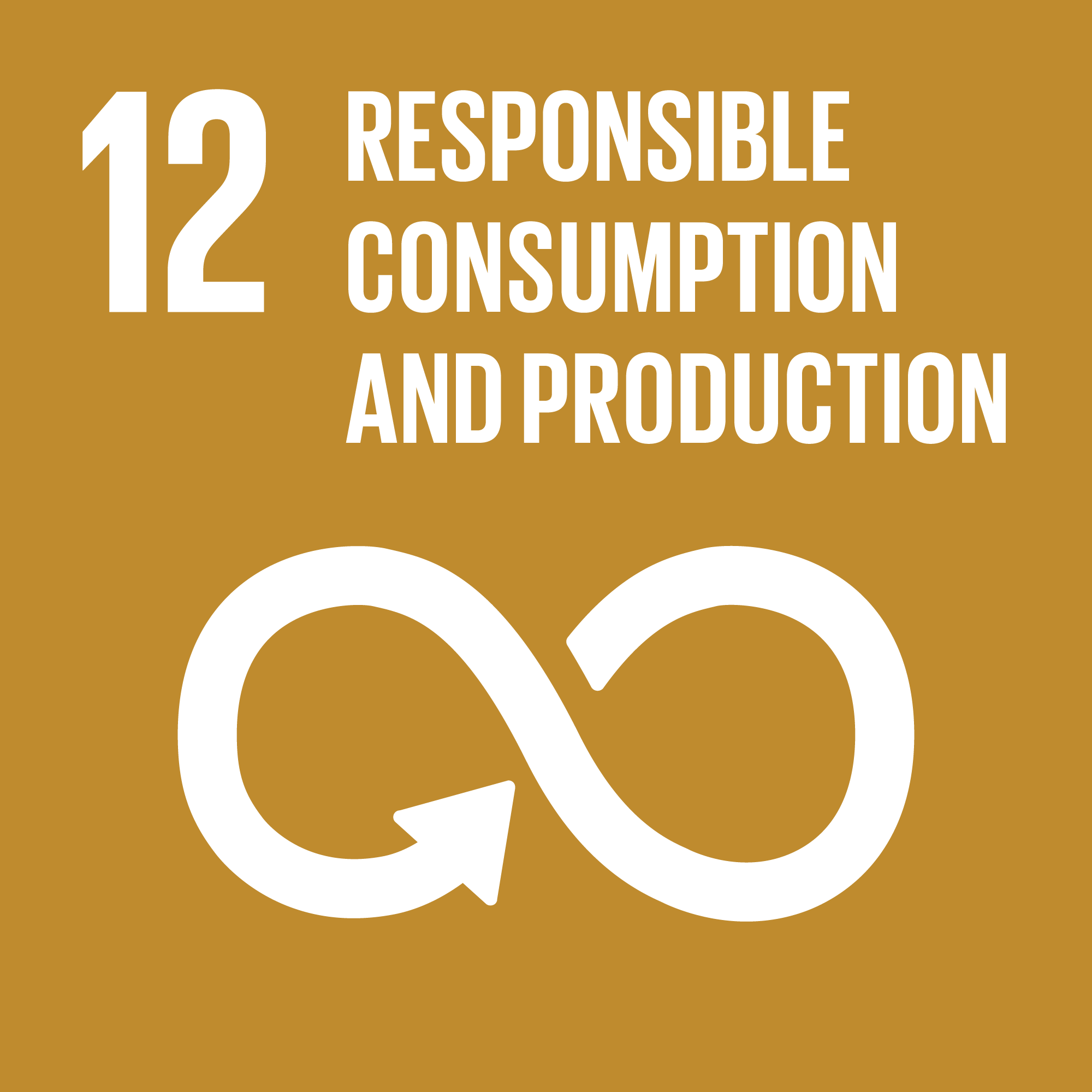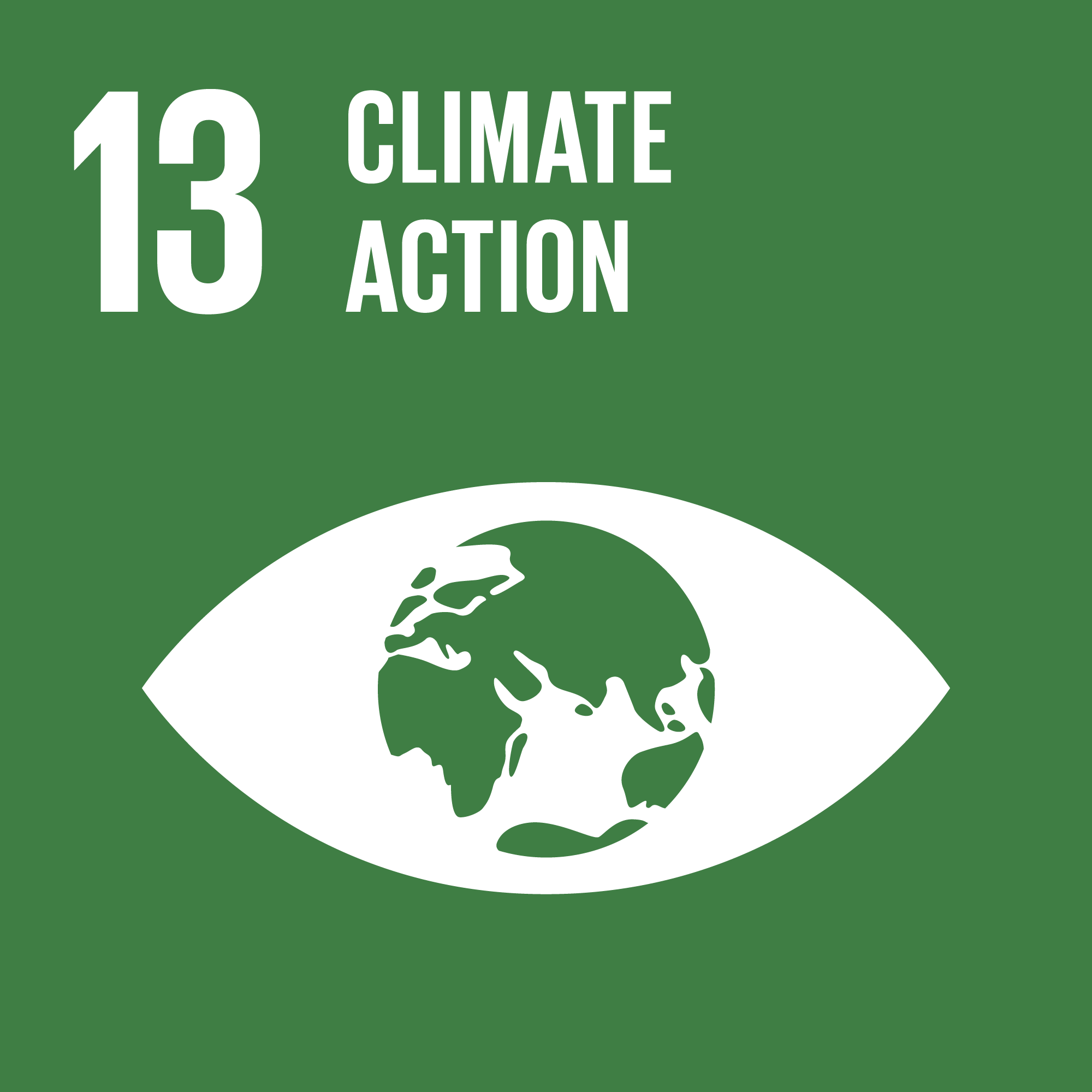Sustainability
The United Nations (UN) has drawn up 17 Sustainable Development Goals (SDGs). These goals must put an end to poverty, inequality and climate change between 2015 and 2030. As an international tape manufacturer, we support this worldwide development to achieve a better living environment.
The increasing awareness and demand of our customers for a sustainable composition and production of self-adhesive tapes have incentivised us to think and act in a more environmentally aware manner. We critically examine the sustainability aspect and environmental impact with regard to every innovation, investment and product development. We are committed to the four UN goals to which we can contribute the most with our business operations and products:
SDG 6: Clean water and sanitation
In 2016, various cooling water systems were converted into closed systems to sustainably manage water consumption. Water consumption has dropped by 75% because now water is being reused continuously.
SDG 7: Ensure access to affordable, reliable, sustainable and modern energy
In 2014, we started to replace strip lights by sustainable, high-quality LED lighting with a light management system. We now achieve a saving of 60% on energy consumption. The installation of the new boiler room system has meant that a 95% boiler performance has been achieved and that there has been a 15% reduction in gas consumption. Our heat pump systems, heat recovery and high insulation values further reduce energy consumption and loss.
SDG 12: Ensure sustainable consumption and production patterns
In 2016, we commissioned a new coating and extruder system based on zero waste to prepare and apply adhesives on carrier material. The system includes a smart return system that drains surplus adhesive raw materials so that they can be reused. The quantity of adhesive raw material waste has therefore been reduced to 0%.
SDG 13: Take urgent action to combat climate change and its impacts
We use hot-melt technology to apply adhesives. This production method leads to a more efficient raw material and energy consumption. Hazardous substances used during the production of the release agent are evaporated, recovered and stored. This recovery process leads to a reuse of 97% of these substances and to minimum CO2 emissions. This is how our production methods contribute to a sustainable footprint and circular economy to combat(the impact of) climate change.

 Deutsch
Deutsch English
English Francais
Francais Nederlands
Nederlands Polska
Polska